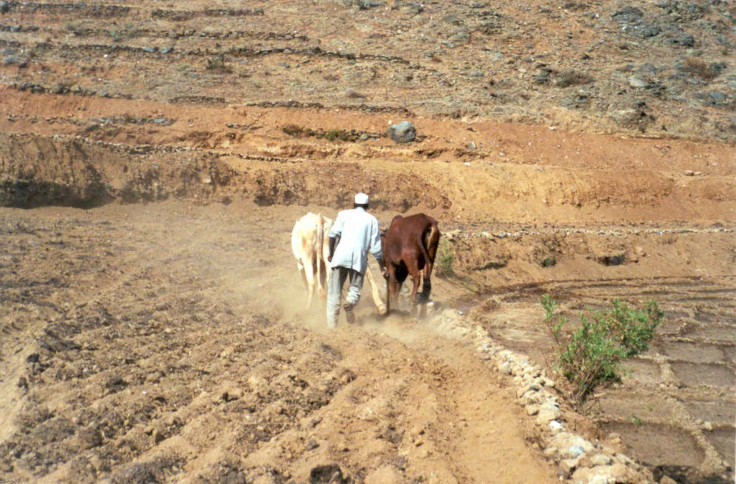Hunger Easing Faster In Sub-Saharan Africa Than In South Asia

While hunger levels have generally decreased around the world, they remain alarmingly high in Sub-Saharan Africa and South Asia, according to a recent report from the International Food Policy and Research Institute.
The Institute’s 2012 Global Hunger Index suggests that hunger in developing countries is likely to be exacerbated as food supplies are increasingly threatened by climate change and consumption levels increase amid rising population growth.
“It is increasingly clear that sustainably feeding 9 billion people -- the projected world population in 2050 -- who will consume at a rate of 12 billion people, if they follow the current consumption patter of industrialized countries, will require a much more careful and integrated approach to the use of land, water, and energy than we currently apply,” the report reads.
The GHI report calculates hunger levels based on three major indicators in any given country: the proportion of undernourished people as a percentage of the entire population, the proportion of children under the age of five who are underweight, and the mortality rate of children within that same age group.
It found that levels were highest, or “extremely alarming,” in Burundi, Eritrea and Haiti, where more than half the population is undernourished, while hunger levels in seventeen other countries, including India, Bangladesh, and Nepal, were designated as “alarming.”
Despite having two of the three countries with “extremely alarming” designations, the Sub-Saharan Africa region has had more progress than South Asia in reducing hunger levels.
From 2001 to 2012, Sub-Saharan Africa decreased hunger levels by 12.7 percent, while levels in South Asia only decreased 7.4 percent.
The GHI report points out a number of environmental, economic and social factors that contribute to hunger levels.
“Unsustainable use of land, water, and energy is threatening the food security of the poorest and most vulnerable around the world,” the IFPRI said in a press release.
“We need a new socioeconomic model that is sustainable and that prioritizes poor and marginalized people,” the GHI report reads.
The report highlights that in the most deeply affected countries, access to arable land, clean drinking water and sanitation are major factors.
It also adds that “demographic changes, rising incomes and associated consumption patterns, and climate change, alongside persistent poverty and inadequate policies and institutions, are all placing serious pressure on natural resources,” perpetuating hunger.
Climate change in particular has led to an increase in droughts, floods and other extreme weather patterns that threaten the already miniscule levels domestic agriculture in the affected countries, which typically depend on foreign aid.
At the same time, agricultural output from major food-producing countries like the U.S. and Russia have also been affected by extreme weather, causing global food prices to soar.
The report calls for more efficient modes of food production to relieve stress on diminishing resources, as well as greater equity and access to land and clean water for the most vulnerable populations to increase food security in their own countries.
“Such strategies will not emerge spontaneously; they must be expressly designed and implemented. All disciplines that can contribute must do so -- from the water specialist to the energy expert, from researcher to practitioner, from farmer to policymaker, and from economist to nutritionist,” the report reads.
“There is enough planet for all of us -- if we don’t waste it.”
© Copyright IBTimes 2025. All rights reserved.





















